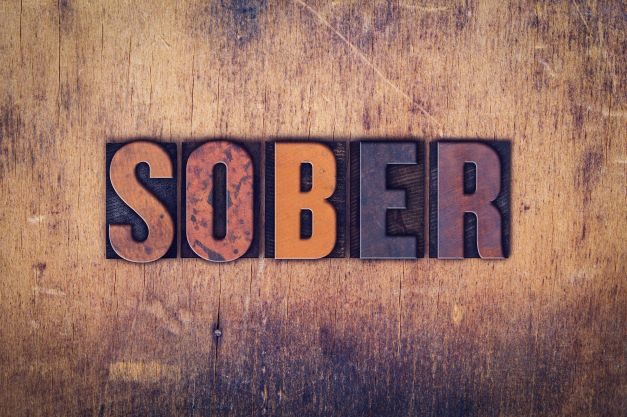California Sober vs. “Sober” Sober
California Sober vs. “Sober” Sober
I recently had an alum of a program I worked at reach out to me that let me know that he has come back from a relapse and is now “California Sober.”
The premise behind California Sober is that the individual can decide that drug “A” is bad, and plan to stop using that drug, but continue using drug “B” since there is no history of abuse with drug “B.”

Scientists will tell you that on a chemical level, artificially raising neurotransmitters like Dopamine- the pleasure neurotransmitter—is a slippery slope at best. However, I’d like to focus on a different aspect as to why California Sober is a difficult to impossible undertaking. It comes from a Cognitive Behavioral perspective. It starts with a simple question and answer: “Why do we do things?” Why do we do anything? The answer is not that complicated. We do things because they work.
Individuals who use alcohol and drugs problematically do so for many reasons. Whether it is just to feel good or normal, to cope with negative emotions or mental health conditions like depression and anxiety, individuals engage in problematic use because from their perspective, it is working more that it is not working.
Picture a square with a line drawn down the middle. On one side, you have social users who can drink or use substances with a take it or leave it kind of attitude. These individuals may be at a party and hold on to one drink all night long, and the drink means nothing to them. On the other side of the square are problematic users. They see the person holding onto that drink, and think how incredulous it is that they don’t drink that drink already. For those who have problems with substances, their use represents something far different than it does to the social user.
So many people who get help for substance use come to recognize that their use is problematic. They stay sober for a period of time and begin to reflect on their use and come to believe that “it hasn’t always been that bad…maybe I can try to control it.” They try to move from one side of the square back to the other. The vast majority of times, these people fail to recognize that their use has a different meaning, purpose and goal than the social user. Soon they find that their use spins back out of control, and back into treatment they go.
Then we have the California Sober population. This is an especially popular designation when it comes to marijuana use, which so many people have come to believe is less problematic. (As an aside, I will cover this in depth in a future blog, but for now, I’d urge you to go to “Smart Approaches to Marijuana” for more information on that. The fact is that much of the marijuana consumed today is far more potent and dangerous than the marijuana that was used years ago.) The problem with California Sober and use of marijuana, or any other substance, is that it ignores the purpose of problematic use in the first place. If I am abusing alcohol to cope with feelings of depression, then using another drug of abuse in place of my drug of choice rarely satisfies the user, which leads them ultimately back to their drug of choice.
Recently, popstar Demi Lovato traded in her view about being California Sober for being “Sober” Sober. True sobriety offers a much more effective ability to conquer the underlying values and priorities that lead to destructive patterns of use.
Sober at Home is an online program that offers information, education, support and encouragement for those struggling with substance use. We believe in your capacity to change.